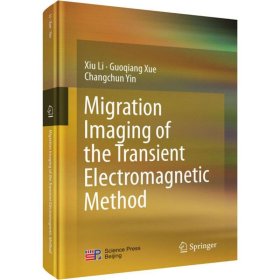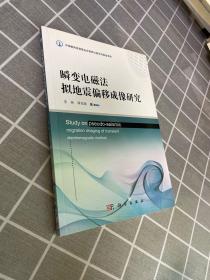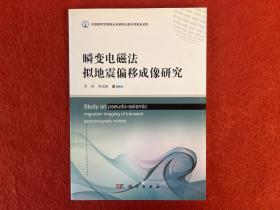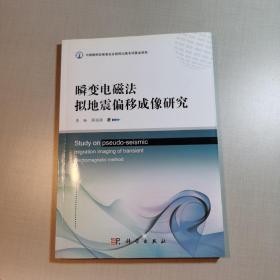
瞬变电磁法拟地震偏移成像研究 冶金、地质 李貅,薛国强,殷长春
none
¥ 134.45 7.1折 ¥ 189 全新
仅1件
北京丰台
认证卖家担保交易快速发货售后保障
作者李貅,薛国强,殷长春
出版社科学出版社
ISBN9787030501516
出版时间2016-11
版次1
装帧平装
开本16
页数139页
定价189元
货号xhwx_1201428644
上书时间2024-12-13
- 在售商品 暂无
- 平均发货时间 27小时
- 好评率 暂无
- 最新上架
商品详情
- 品相描述:全新
- 正版特价新书
- 商品描述
-
目录:
1 development and prospect of transient electromagic method
1.1 overview on tem method
1.2 the development direction of tem
1.3 frontier subject of tem eudo—seismic migration and imaging
1.3.1 tem imaging based on equivalent time—frequency conversion
1.3.2 tem imaging technology based on the wave field conversion
1.3.3 reverse time migration and imaging method
1.4 research progress of eudo—seismic migration and imaging in tem
references
2 theory and technology of full.zone wave field transformation
2.1 theoretical formula construction
2.2 ⅲ—edness of inverse wave field transformation analysis
2.3 numerical methods for wave field transformation
2.4 preconditioned conjugate gradient regularization for inverse wave field transformation
2.5 correlation stacking method for extracting eudo wave field
2.6 effectiveness test of the algorithm
references
3 property of tem eudo wave field
3.1 two—layer model analysis
3.1.1 wave field with single itive peak
3.1.2 wave field with single peak
3.2 three—layer model analysis
3.2.1 q—type model with double itive peaks
3.2.2 h—type model with itive— peaks
3.2.3 k—type model with —itive peaks
3.2.4 a—type model with double peaks
33 wave field characteristics of time—domain em responses with noise
4 synthetic aperture algorithms and pression of wavelet width
4.1 imaging method based on synthetic aperture
4.2 pression of wavelet width.
4.2.1 the phenomenon ofwaveform dispersion
4.2.2 the reason of wavefofin dispersion
4.2.3 wavefoiin dispersion pression based on deconvolution
4.2.4 model calculations
reference
5 surface continuation and imaging of tem based on eudo wave equations
5.1 establishment of kirchhofr diffraction integral.
5.2 migration by kirchhoff integration(surface continuation)
5.3 boundary element method for wave field continuation
5.3.1 discretization of kirchhoff integration
5.3.2 analysis on elements
5.3.3 total matrix
5.3.4 integration ovet elements
6 velocity analysis of tem eudo wave field
6.1 velocity modelling based on equivalent conductive te method
6.1.1 basic theory of equivalent conductive te method
6.1.2 appromate calculation of tem field at the surface of a horizontally layered earth
6.1.3 optimized extraction of parameter m
6.2 velocity model for single observation point
6.3 continuous velocity analysis
6.3.1 weighted interpolation based on global distance
6.3.2 localized linear interpolation
7 imaging of theoretical model and field examples
7.1 model calculations
7.1.1 layered model
7.1.2 three—dimensional model
7.2 examples with field data
7.2.1 advanced detection of tunnel
7.2.2 detection of goaf of coal mine
内容简介:
本书讲述瞬变电磁拟地震成像方法的基本理论,其中包括:瞬变电磁场的虚拟波场变换、虚拟波场的特分析、虚拟波场子波宽度压缩及修饰处理、合成孔径处理方法、虚拟波动方程三维曲面延拓成像、虚拟波场速度分析及理论模型计算和应用实例。本书的特点是着眼于理论与实际的结合,全面介绍了瞬变电磁拟地震解释的新进展。书中包括了作者多年的研究成果,可供地球物理专业的研究人员、高等学校教师和参。
相关推荐
— 没有更多了 —























以下为对购买帮助不大的评价